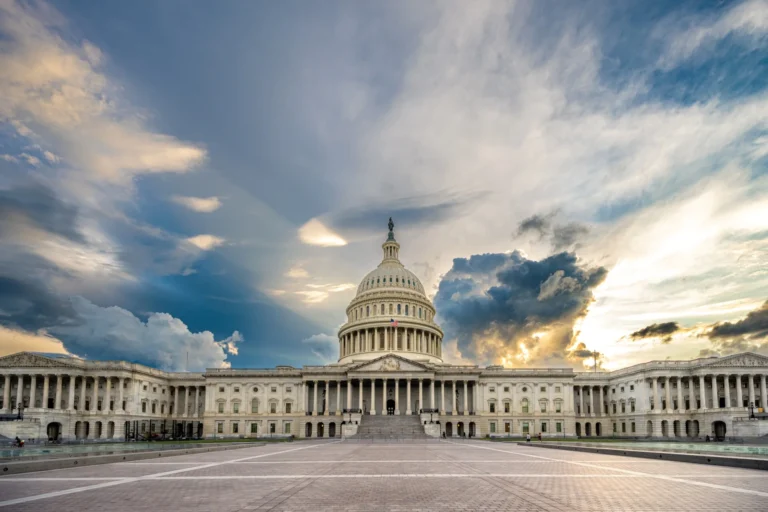By Cliff Montgomery – May 1st, 2013
In honor of International Workers’ Day – which many in the labor and Occupy movements around the world refer to as ‘May Day’ – we at The American Spark offer our readers a current matter for their consideration.
Trade-union groups and academics have estimated the growth of the ‘pay gap’ in American society – in short, how much more money the average corporation gives to its CEO than to one of its wage-earning laborers.
Their numbers reveal that the ‘pay gap’ of the 1950s has become an economic grand canyon.
In the 1950s, the average CEO collected twenty times the pay of the average worker. That ratio rose to a difference in pay of 42-to-1 by 1980, and to a staggering 120-to-1 pay disparity by 2000, according to academic and trade-union estimates.
And what of today?
“Across the Standard & Poor’s 500 Index of companies, the average multiple of CEO compensation to that of rank-and-file workers is 204,” revealed Bloomberg News in an eye-opening article published yesterday.
In short, that means the CEO-to-Worker pay ratio has grown by 1,000 percent since 1950.
That yawning canyon of pay has increased by “20 percent since 2009,” according to Bloomberg.
“When CEOs switched from asking the question of ‘how much is enough’ to ‘how much can I get,’ investor capital and executive talent started scrapping like hyenas for every morsel,” declared management expert Roger Martin to Bloomberg News.
Martin currently serves as dean of the University of Toronto’s Rotman School of Management.
“It’s not that either [investor capitalists or executive talent] hates labor, or wants to crush their lives. They just don’t care,” added Martin.
Federal officials have attempted to create a basic redress of this issue. Congress passed the Dodd-Frank Law nearly three years ago – it forces every public corporation to reveal the pay gap between its CEO and its average worker.
Or at least it does so on paper.
It turns out that “mandatory disclosure of the ratios [has] remained bottled up at the Securities and Exchange Commission, which hasn’t yet drawn up the rules to implement [that provision of the Dodd-Frank Law],” Bloomberg points out.
Corporate animosity against the provision appears to be fierce. “Some of America’s biggest companies are lobbying against the requirement,” adds Bloomberg.
Workers – who of course constitute the overwhelming majority of U.S. citizens – aren’t the only ones who would benefit from a full disclosure of corporate pay ratios.
“It’s a simple piece of information shareholders ought to have,” Phil Angelides, former head of the Financial Crisis Inquiry Commission, told Bloomberg News.
Mr. Angelides’ Commission was an independent panel federally mandated in 2009 “ to examine the causes, domestic and global, of the current financial and economic crisis in the United States,” according to its official history. The Commission concluded its operations in 2011.
Angelides said that corporate executives are working hard to keep from having to reveal the pay ratios of their companies.
“The fact that corporate executives wouldn’t want to display the number speaks volumes,” he told Bloomberg. Americans currently are seeing “a street-by-street, block-by-block fight waged by large corporations and their Wall Street colleagues” to impede and inhibit the Dodd-Frank Law, Angelides added.





